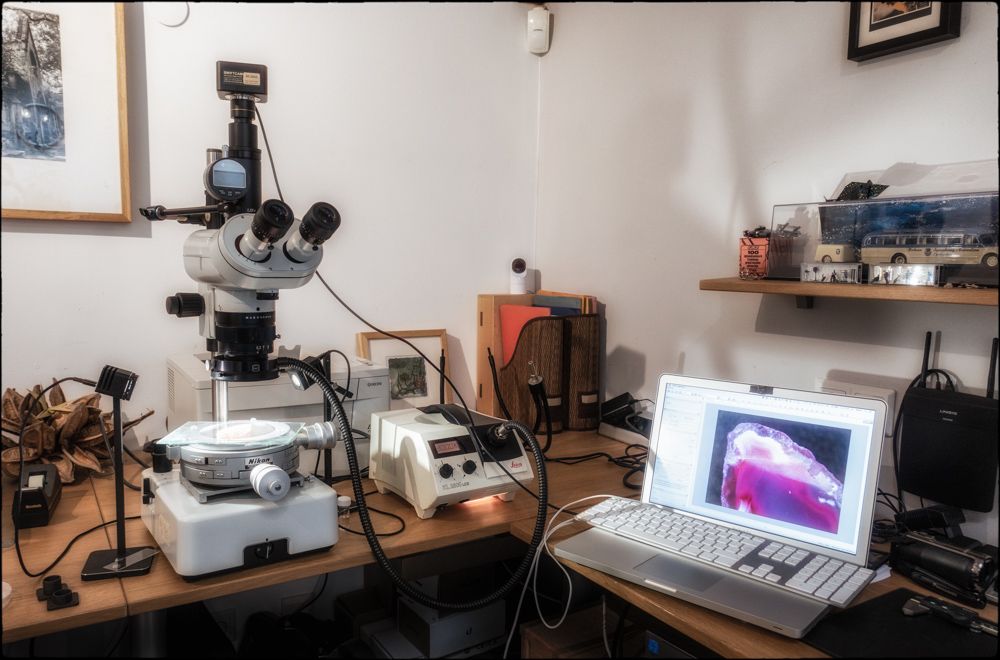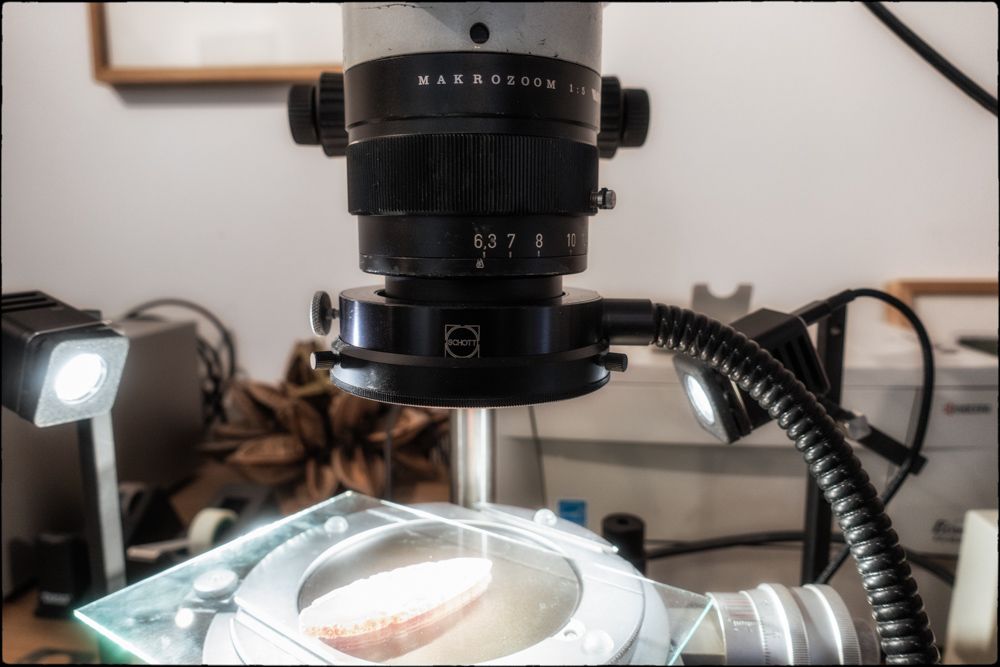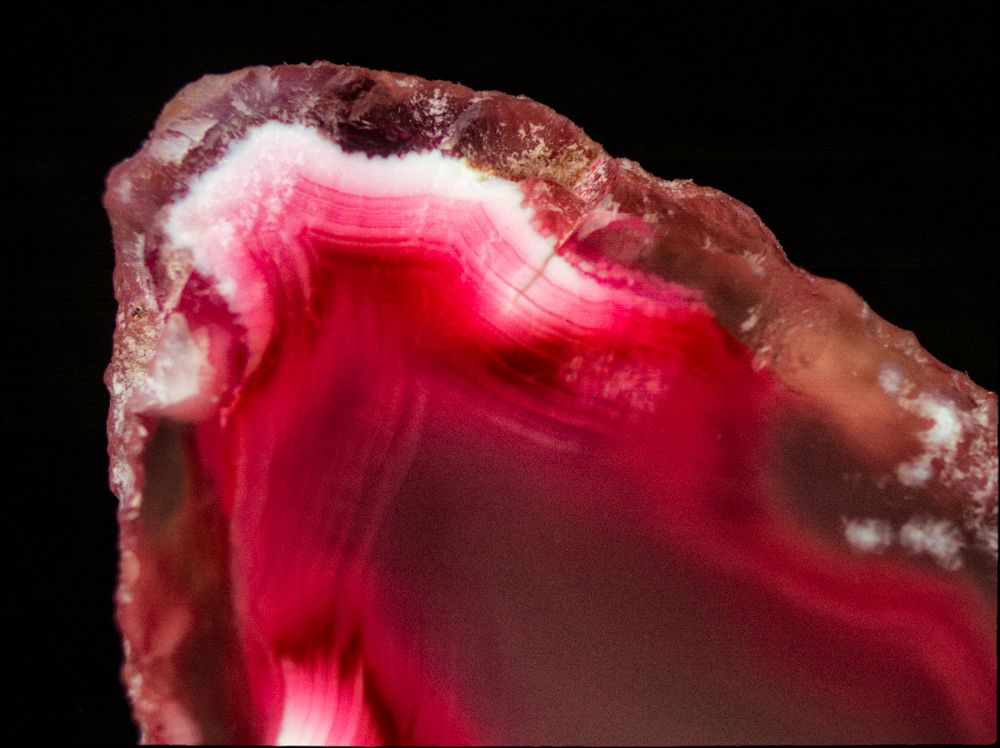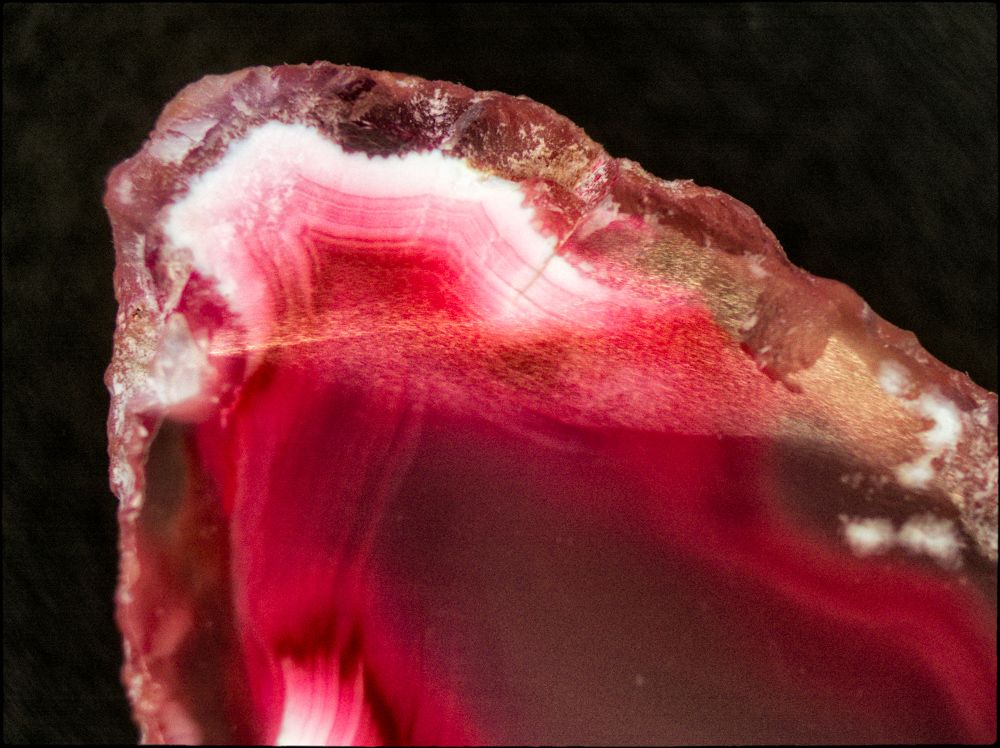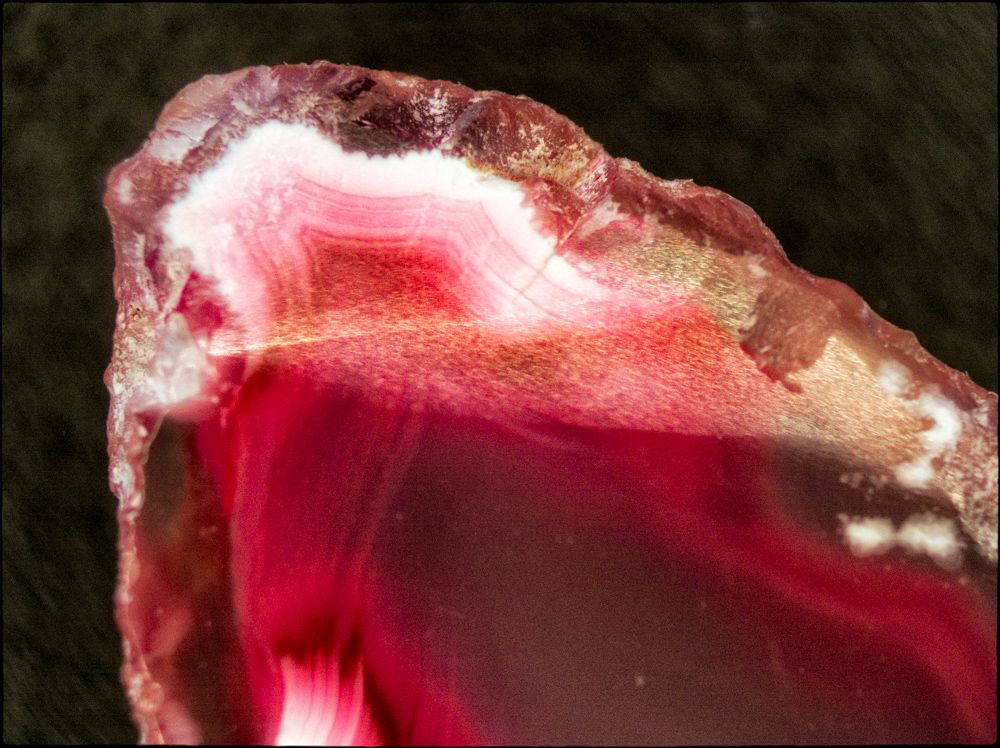Pete Askew
Admin
I have been looking for a Wild / Leica M420 for quite some time and managed to get one on eBay here in Germany a few weeks back. Unfortunately the trader selling it had an accident before he could send it and so all went quiet. He then made contact, apologised and said it was being dispatched. Nothing turned up and all communication stopped and I was forced to initiate a complaint through eBay. Then, out of the blue, it appeared by DHL today! 
As with the Zeiss Tessovar (http://www.realphotographersforum.com/forum/threads/technical-imaging-zeiss-tessovar.4309/), it may look like a microscope, but it is in fact also a macro lens on a stand with eye-pieces. A camera / photo-device (I'll be using a 20 MP CCD-based microscopical sensor when the adapter arrives) fits to the vertical housing and the eyepieces are for composing etc. It has a variable aperture and this example is fitted with the 5 : 1 achromatic zoom (there is also a 6 : 1 apochromat, but they are extremely rare and very, very expensive) and it has a transmitted lighting base. Here the specimen (a large tropical seedpod) is illuminated by two 4K Relio macro-lights (turned down to their minimum setting for the purposes of the picture). There is a dealer here who has a coaxial lighting unit for one of these and, now that the M420 has arrived, I'll probably order that even though I will normally use angular lighting most of the time to improve contrast.
As soon as the CCD adapter arrives I'll take some shots through it.

As with the Zeiss Tessovar (http://www.realphotographersforum.com/forum/threads/technical-imaging-zeiss-tessovar.4309/), it may look like a microscope, but it is in fact also a macro lens on a stand with eye-pieces. A camera / photo-device (I'll be using a 20 MP CCD-based microscopical sensor when the adapter arrives) fits to the vertical housing and the eyepieces are for composing etc. It has a variable aperture and this example is fitted with the 5 : 1 achromatic zoom (there is also a 6 : 1 apochromat, but they are extremely rare and very, very expensive) and it has a transmitted lighting base. Here the specimen (a large tropical seedpod) is illuminated by two 4K Relio macro-lights (turned down to their minimum setting for the purposes of the picture). There is a dealer here who has a coaxial lighting unit for one of these and, now that the M420 has arrived, I'll probably order that even though I will normally use angular lighting most of the time to improve contrast.
As soon as the CCD adapter arrives I'll take some shots through it.



